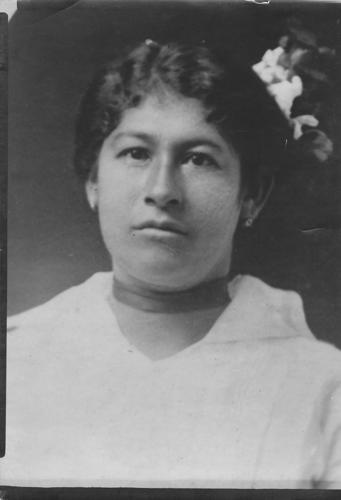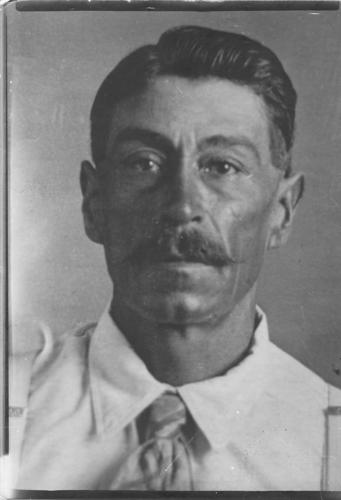It was about 1912 when Apolonio Perez Garcia and his wife, Luisa Dominguez Garcia, arrived in Tucson. She was 23, he was 38.
They had met in their native Mexico and migrated to the United States through El Paso about 1904. He worked as a laborer for the old Southern Pacific railroad, requiring the family to move from small town to small town in New Mexico, Kansas, Utah and Arizona.
The Garcias, with several children who were born during their migrations, settled in Tucson, near South Park Avenue and East 16th Street, in Barrio Millville, where other railroad families lived. The family’s first home was a railroad boxcar.
Luisa eventually would give birth to 15 children, 11 of whom survived childbirth. In addition, the couple took in three other children to their fold.
The Garcias later moved to South Tucson, where the extended families lived on West 36th and 37th streets.
La familia Garcia grew and flourished. Today there are more than 350 family members, including retired Tucson City Manager Luis Gutierrez and former Pueblo Magnet High School Principal Richard Carranza, who is now superintendent of San Francisco Unified School District.
In October the extended Garcia kinfolk, from Tucson to California, to Texas and Florida, will gather for their first family reunion. There’s going to be a bunch of cousins, aunts and uncles who will meet for the first time or get reacquainted.
“My anticipation is getting to know them and to see that the family ties are continued,” said Luis Garcia Acosta, of Marana, the 83-year-old grandson of Apolonio and Luisa.
The effort to organize the reunion began at the beginning of the year, said Lucinda Vasquez Abril, 57, a great-granddaughter. She organized some cousins into committees and said “go.” The family created a website and a Facebook page. They searched for relatives, hither and yonder.
“I’ve learned so much,” said Abril.
Apart from bringing family members together, there are other goals: To memorialize the Garcia ancestors and educate the younger members about the struggle and sacrifices that the elders endured, and to celebrate the contributions family members have made to their communities and country.
The story of the Garcias is an American story, first and foremost.
Like millions of immigrants before and since them, Luisa and Apolonio came to the U.S. for a better life. American farms, ranches, mines, railroads, foundries and factories were built with the muscle and sweat of non-English-speaking immigrants.
Numerous family members served in the U.S. military, including Nicolas and Tomas Garcia, who landed in Normandy, and their adopted brother Luis Guzman, who also served during World War II.
As the years passed, Apolonio, who is remembered as a gentle and soft-spoken man, continued to work as a laborer. He developed vision problems and died at the age of 69 on Sept. 25, 1944. He didn’t live to see his three boys return from the war.
Luisa, whom the family called “Mama Yi,” lived to be 90 and died on the feast day of the Virgin of Guadalupe, Dec. 12, 1979.
For the Garcias, Sunday was family day. The whole bunch would have their meal together. They were so many, they ate in shifts.
One of the most important days in the calendar was June 21 — Mama Yi’s birthday.
“Her birthday was so important,” said Maria Acosta Faith, 85, a granddaughter. The day would begin with a predawn serenade by Mama Yi’s sons. Later the family would gather to feast on a slaughtered pig or cow, the culmination of days of preparation.
Mama Yi’s birthday was equal to Christmas, said the family.
The reunion promises to refresh memories.
“So many of my childhood memories are comprised of events and experiences shared with my large extended family,” Reuben Carranza wrote to me. He is a Miami, Florida, executive, and twin brother to Richard.
“The sounds of the guitar, the smell of the tortillas and beans simmering on the stove and my aunts and great aunts huddled in conversation while my brother and I played in the yard with my cousins, and second cousins, and a few third cousins. Family in my Mexican experience was defined as extended family.”






